I'm guessing I understand the question (which isn't phrased perfectly clearly, I'm sorry).
We all know that both the Soviets and the Nazis were fond of military parades. For example, here's their joint victory parade in occupied Poland, held during the years when they were friends and allies:
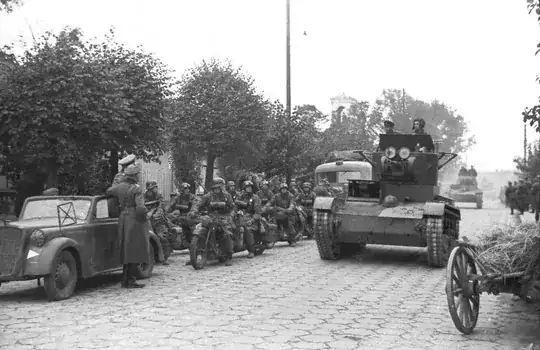
(Source: https://en.wikipedia.org/wiki/German%E2%80%93Soviet_military_parade_in_Brest-Litovsk )
But the question is not whether the Russians/Soviets took the idea of annual military parades from the Nazis (of course not! such parades predate both the Soviets and the Nazis) but the specific practice of carrying portraits of the war dead through the streets. Here is a Wikipedia article https://ru.wikipedia.org/wiki/%D0%91%D0%B5%D1%81%D1%81%D0%BC%D0%B5%D1%80%D1%82%D0%BD%D1%8B%D0%B9_%D0%BF%D0%BE%D0%BB%D0%BA (sorry, no English version). It states that the first such official march was organized in Russia in 2012 in the city of Tomsk (alhtough some people carried porrtraits of the dead in prior years in Novosibirsk and Tyumen) and then spread widely and rapidly and became a standard part of a May celebration of the VE anniversary.
Here's Russian president Putin marching with a portrait of his father:
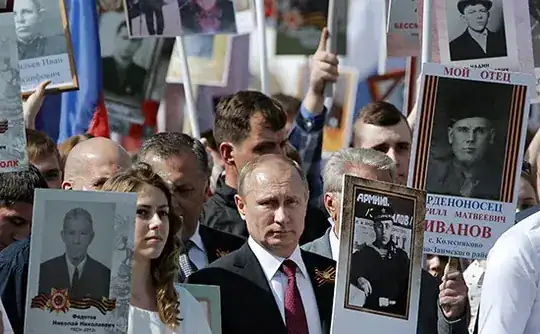
(source: https://s0.rbk.ru/v6_top_pics/media/img/9/22/754628021929229.jpg ) there are several more phorographs of Russian processions in the Moscow Times story cited in the question.
Well, guess who else liked to display portraits of their falled comrades?
Russian journalist Alexander Nevzorov said the following on quasi-opposition radio station Echo of Moscow in May 2019:
The Reich, as we know, was very fond of pathetic processions and
never lost an opportunity to hold them. Moreover, it was their Reich
that gave birth to them. Because if you studied the cult of the Third
Reich, you should know where the idea of the Immortal Regiment came
from. This idea was born in the depths of "Ahnenerbe". Remember what
Ahnenerbe is, how is it translated? This is the “Ancestral Heritage”.
This is the Reich Occult Institute.
Quotation source: https://echo.msk.ru/programs/nevsredy/2421725-echo/ (In Russian; my+Google's translation)
Indeed, 3rd Reich sometimes displayed and honored the portraits of their dead. But they were static displays, not carried around.
Uniformed SA members stand as an Honor Guard alongside a portrait of Horst Wessel:

(Horst Wessel was a Nazi who got killed in a fight with Communists during Hitler's rise to power in Germany.)
There's some connection between Nazis' honoring the portraits of their dead and Ahnenerbe / Thule Society / some Nazis' intense interest in the occult.
Indeed, 3rd Reich was very fond of mass rallies and processions:
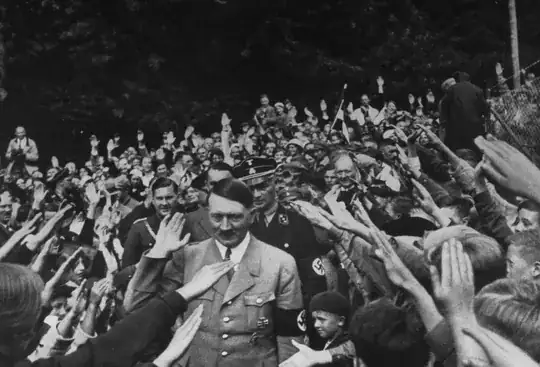
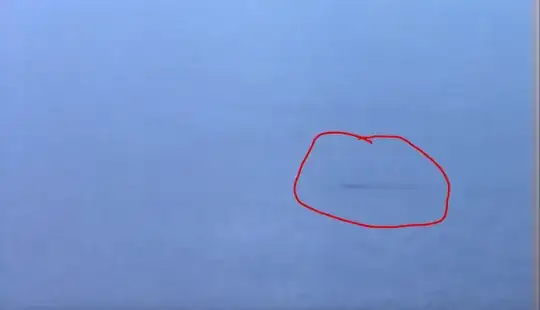
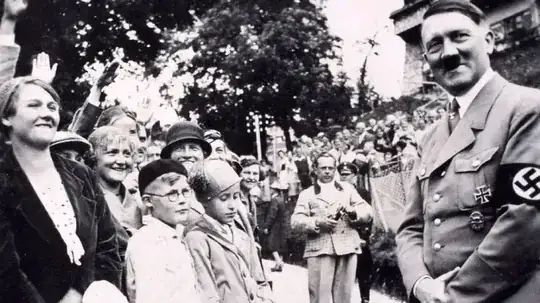
However, while the similarities are clear, I'm unable to find even a single photograph of pre-1945 Nazis carrying portraits of their dead on sticks at rallies. They did carry swastikas on sticks, rather than portrairs, a lot:
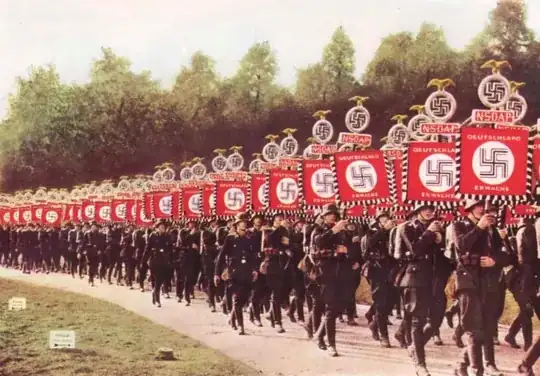
(source: https://rarehistoricalphotos.com/color-photos-from-nazi-germany/ )
I did find several photographs of German right-wing "Alternative for Germany" (AfD; officially founded in 2013) carrying portraits of dead people at a 2018 rally in Chemnitz, for example:
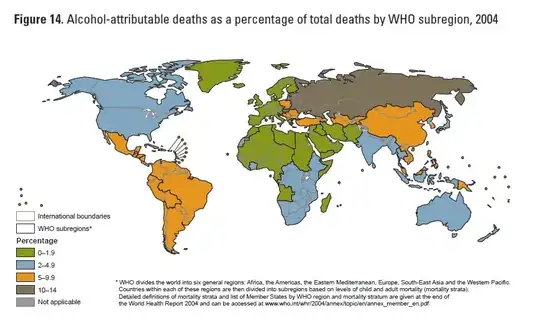
(Source: https://www.ft.com/content/d851b646-c7d6-11e8-ba8f-ee390057b8c9 )
or
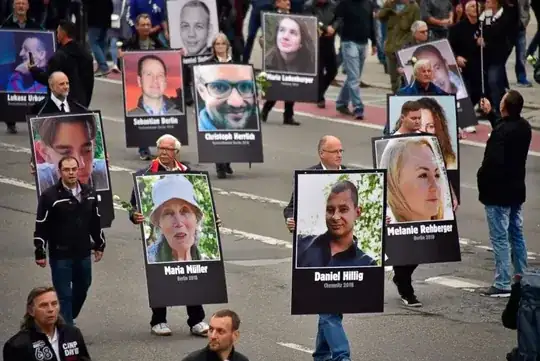
(Source: https://abcnews.go.com/International/wing-protests-fueled-anti-immigrant-sentiment-continue-germany/story?id=57545743 )
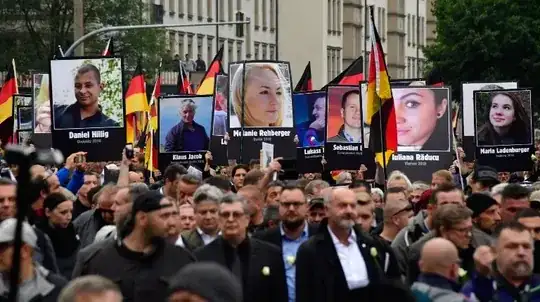
(Source: https://www.timesofisrael.com/german-minister-mistakes-made-in-chemnitz-suspects-cases/ )
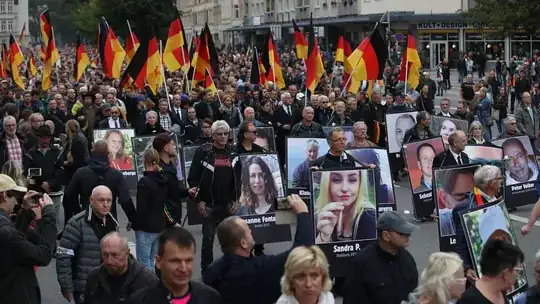
The timing suggests that the Russians may have borrowed the "Immortal regiment" ritual from the AfD, rather than directly from pre-1945 Nazis.










